Your startup’s customer-acquisition costs spike for a simple reason: too few credible backlinks. Google still treats every editorial link as a public vote, yet the average guest post now runs about $365, and true authority placements can exceed $1,500. After Google’s December 2024 spam update wiped out low-quality link schemes, manual outreach is the only safe bet. In this guide, we’ve distilled insights from dozens of link building agencies into three budget tiers so you can choose a partner, safeguard your domain, and accelerate growth heading into 2026.
Key Takeaways
- Customer-acquisition costs rise due to a lack of credible backlinks and new Google updates demand quality links.
- Focus on manual outreach and choose agencies with white-hat practices for safe link building.
- Consider your budget to select the right partner: Budget Builders for under $2,000, Balanced Outreach for $2,000-$5,000, and Premium Digital-PR above $5,000.
- Utilize proven strategies to turn links into revenue by directing them to high-intent pages and maintaining a tracking system for performance.
- Link building should align with your growth discipline, focusing on transparency and meaningful placements in the wake of Google’s latest changes.
Table of contents
- The New Link Rules: Google’s 2024–2025 Overhaul
- Our Selection Criteria: Picking Link Building Agencies You Can Trust
- Balanced Outreach Partners: Quality Links, Startup Pace
- Outreach Labs: top value, total visibility
- UK Linkology: UK-based white-hat outreach with clear reporting
- Why Stuff Sucks: the straight-talk playbook for ethical link building
- Brainy Bees: B2B brains on a bootstrap budget
- Stellar SEO: custom blueprints, hands-on craft
- Sure Oak: when you want SEO and links under one roof
- Budget Builders: Solid Link Building Agencies Without Sticker Shock
- Premium Digital-PR Powerhouses: Links That Open Boardroom Doors
- Find Your Fit: Quick Decision Path
- Link Building Agencies Snapshot: Compare your Options at a Glance
- Pro Tips to Turn Links into Revenue, Not Just Rankings
- Conclusion
- Frequently Asked Questions (FAQ)
The New Link Rules: Google’s 2024–2025 Overhaul
- December 19–26, 2024: spam update. The seven-day rollout demoted paid blog-rolls and private networks across every language (Search Engine Land).
- March 2025: core update with helpful-content signals. Google folded its helpful-content system into the main algorithm, boosting pages with original insight and demoting thin or syndicated posts, according to AlwaysWon.
What this means for you: every backlink now has to read like a real citation.
- Vary your anchor text.
- Place links on pages that already earn traffic.
- Surround each link with a copy that proves topical relevance.
Skip those checks and you join the 45 percent of SEO teams that have fought penalties in the last two years, according to Modern Marketing Partners.

Our Selection Criteria: Picking Link Building Agencies You Can Trust
We asked one blunt question first: would we spend our own budget here? That single filter cut dozens of vendors that rely on private blog networks, hidden fees, or “too good to be true” promises. The survivors then cleared four non-negotiables.
1. White-hat DNA
Every backlink must come from manual outreach and live in value-adding editorial content — a principle at the core of any high-quality backlink strategy. If an agency can’t explain its workflow in plain English, we walk.
2. Startup experience
A ten-person SaaS team moves faster than an enterprise, so we prefer agencies already serving early-stage clients—people who understand agile budgets, rapid feedback loops, and quick traction.
3. Radical transparency
You see prospect lists, draft content, and live URLs as they happen. No black-box “link credits.” Clear reporting builds the trust you’ll need to scale later.
4. ROI-aligned pricing
Quality links cost real money, but price still matters. We verified that each agency’s average cost per link stays inside today’s market band—roughly $300–$1,000 for DR-40–70 guest posts and $1,400+ for authority placements—according to BuzzStream.
Anything outside those lines, such as bulk-link packs, multi-year lock-ins, or zero case studies, was an instant deal-breaker.
With the ground rules set, let’s match you to the tier that fits your budget and growth goals.
Balanced Outreach Partners: Quality Links, Startup Pace
When revenue matches ambition, you graduate from “any links” to “the right links.” That means steady placements on DR 40–70 sites, a transparent workflow, and a team that feels like an extension of your own—often powered by link building outreach services like Outreach Labs, which focus on manual blogger outreach and transparent reporting rather than automated link schemes.
Outreach Labs: top value, total visibility

Each month Outreach Labs emails a prospect sheet for quick approval, then delivers live links a few weeks later. The agency ranked number 1 in a 2025 white-hat review for price-to-performance, according to Modern Marketing Partners. Entry budgets of about $1,500 a month secure five DR-50 links that drive both authority and referral traffic.
UK Linkology: UK-based white-hat outreach with clear reporting
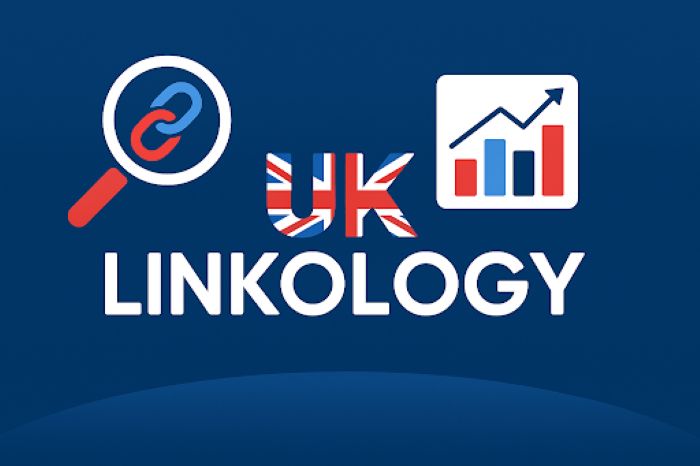
The white-hat link-building agency UK Linkology specializes in editorial placements on relevant industry sites, with an emphasis on manual outreach and transparent, pre-approved targets. Startups use them to maintain a steady cadence of DR 40–70 links without long-term lock-ins, and their reporting includes live URLs, traffic estimates, and anchor text so you can tie spend to outcomes.
Why Stuff Sucks: the straight-talk playbook for ethical link building
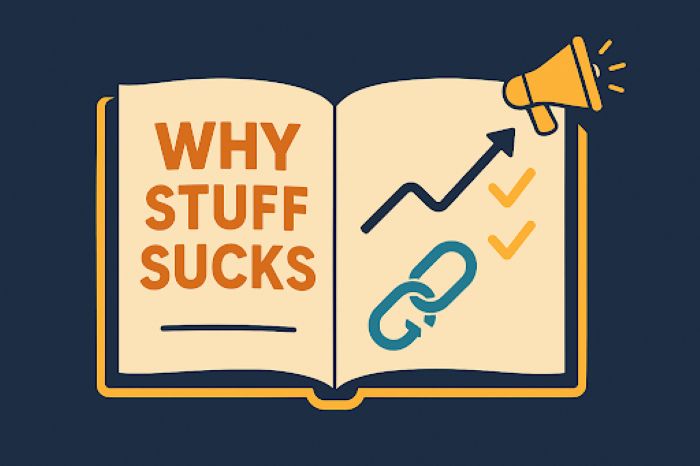
The ethical link-building playbook Why Stuff Sucks is a frank, practical guide that aligns teams on what modern, safe outreach looks like after Google’s 2024–2025 updates. Share it with leadership and content stakeholders to set expectations on pacing, link quality, and reporting before you scale spend.
Brainy Bees: B2B brains on a bootstrap budget
Perfect for SaaS. Brainy Bees blends content marketing, digital PR, and community outreach so your brand shows up in round-ups, Slack channels, and expert-quote pieces. Starter plans cost $1,500–$2,500 and often outperform spend thanks to niche relevance, according to BlueThings.
Stellar SEO: custom blueprints, hands-on craft
Stellar begins with a competitor gap audit, then pitches the sites already ranking for your keywords. Baseline retainers of $2,500–$3,500 a month secure about five DR-50+ links, backed by a dashboard that ties cost to ranking movement, according to Modern Marketing Partners.
Sure Oak: when you want SEO and links under one roof
Need technical fixes alongside backlinks? Sure Oak pairs audits, on-page SEO, and outreach in a single roadmap. Pricing starts around $3,500 a month for 10 DR-30+ links and scales with volume, while the bundled expertise can save hiring a separate consultant, according to Sure Oak.
Pick any of these partners and you’ll gain a reliable pipeline of editorial links plus reporting you can trust. When you’re ready for TechCrunch-level authority, the premium tier awaits.
Budget Builders: Solid Link Building Agencies Without Sticker Shock
A bootstrapped runway shouldn’t block you from earning authority. Budget-friendly outreach shops target mid-tier domains (DR 30–60) where a single well-placed guest post can move rankings without torching cash.
We rely on two proven providers when the budget is tight yet standards stay high.
LinkDoctor: smart outreach for niche markets
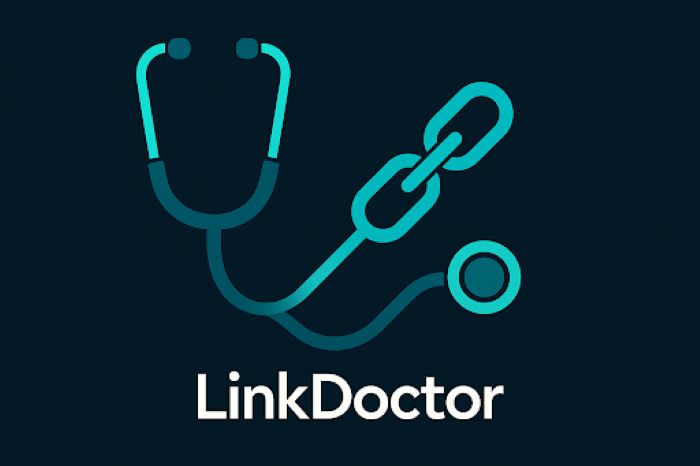
LinkDoctor feels more like a scrappy teammate than a vendor. Writers craft 800- to 1,200-word articles, then pitch site owners one by one. The niche-first strategy—industrial IoT today, pet tech tomorrow—puts your backlink on pages your buyers already read. Expect 4–6 placements a month on DR 40–70 sites with real traffic. Starter packages run about $1,000 for three to five links, and you can dial volume up or down anytime, according to Modern Marketing Partners. Reports show live URLs, DR, traffic, and the anchor text you approved.
FATJOE: on-demand links at checkout speed
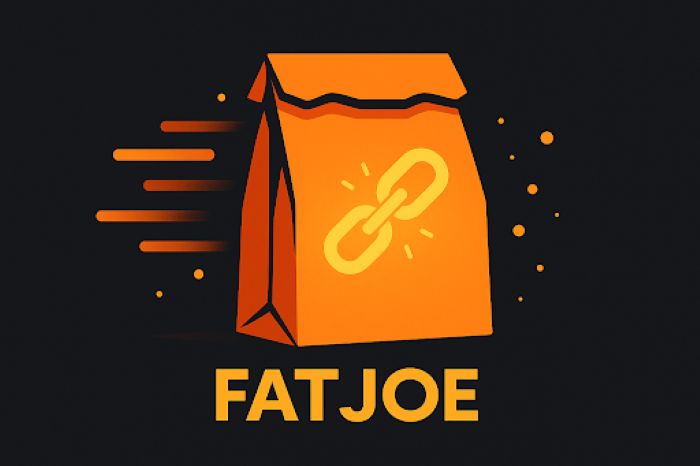
Need backlinks yesterday? FATJOE’s self-serve dashboard lets you order guest posts or niche edits like take-out. Choose a DR band, drop your URL and anchor, and the team handles the rest. Turnaround averages 14–21 days. Pricing starts at $120 per DR 30+ placement (content included) and scales with authority level, according to FATJOE. The trade-off for speed is strategy—FATJOE won’t map your competitive gap—but it’s hard to beat for early traction. Many startups use FATJOE to build a foundational layer before graduating to bespoke outreach.
Use these partners to prove organic traction quickly. When conversions rise and budgets grow, you’ll be ready for the balanced tier next.
Premium Digital-PR Powerhouses: Links That Open Boardroom Doors
When the brand story belongs in TechCrunch or Forbes, call the rainmakers. These link building agencies trade volume for clout, landing DR 80+ placements that lift rankings and impress investors.
Quoleady: SaaS links that age like fine wine
Quoleady targets rising tech blogs today because those domains often double their authority tomorrow. Per-link pricing starts at $200 for DA 20–39, $250 for DA 40–69, and $350 for DA 70+, with a $1,000 monthly minimum, according to Quoleady. Tactics mix guest posts, curated contributions, and carefully structured ABC exchanges that keep Google safe while your URL spreads through the SaaS ecosystem.
Editorial.link: relationship-driven editorials on marquee sites
A Startup bundle costs $1,750 for five DR 50–90 links (≈ $350 each) and guarantees pages with more than 5,000 monthly visitors plus client pre-approval, according to Editorial.link. Higher-volume packages drop the per-link cost to about $300. Placements often land on HubSpot, Canva, or G2, and a replacement guarantee covers rare link drops.
Siege Media: content engines that power authority at scale
Siege pairs original data studies with journalist-grade pitching. Full-service retainers start at $12,000–$15,000 a month when Siege creates and promotes assets; promotion-only plans begin around $8,000, according to Siege Media. A typical campaign produces 10–15 DR 60–90 links each month and includes a 12-month replacement guarantee.
uSERP: tier-one placements for venture-backed rockets
uSERP operates like a PR-plus-SEO strike team. Engagements begin at $10,000 a month for 11–13 DR 60–90 editorial mentions and climb to $25,000+ for more than 35 links, according to uSERP. Packages include toxic-link audits, competitor gap analysis, and monthly strategy calls, so you gain both placements and a roadmap.
Choose a premium partner when brand authority guides enterprise deals and fundraising decks.
Find Your Fit: Quick Decision Path
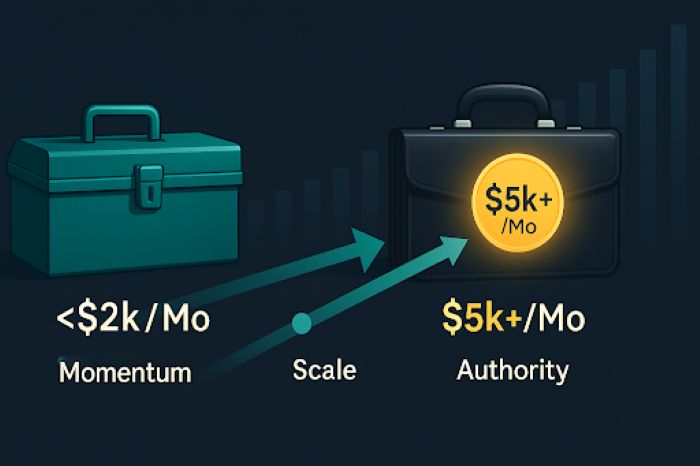
Not sure which tier matches your runway? Answer two questions in under a minute.
- What’s your monthly budget?
- Under $2,000 → Budget Builders for steady DR 40–60 links without cash-flow shock.
- $2,000–$5,000 → Balanced Outreach for DR 50–70 links plus strategy.
- Above $5,000 → Premium Digital-PR for DR 80+ citations on marquee sites.
- What’s your primary goal?
- Pipeline momentum → Budget or Balanced tiers.
- Brand perception for enterprise deals or fundraising → Premium tier. One Forbes link can validate your entire vision.
Work through budget, then goal, and the answer appears quickly, letting you act today instead of stewing over spreadsheets.
Link Building Agencies Snapshot: Compare your Options at a Glance
| Agency | Entry-level cost | Link DR range | Core focus | Contract style | Source |
| Outreach Labs | $1,500–$2,000 a month | 45–70 | Transparent blogger outreach | Monthly retainer | MM Partners |
| UK Linkology | Varies by campaign | 40–70 | Manual editorial outreach | Monthly retainer | UK Linkology |
| Why Stuff Sucks | Free | N/A | Straight-talk playbook for ethical link building | N/A | Why Stuff Sucks |
| LinkDoctor | $1,000–$1,500 a month | 30–60 | Niche guest posts | Month to month | MM Partners |
| FATJOE | Pay as you go (from $120 a link) | 25–55 | Self-serve guest posts and edits | None | FATJOE |
| Brainy Bees | $1,500–$2,500 a month | 40–65 | SaaS and B2B content plus outreach | Monthly retainer | MM Partners |
| Stellar SEO | $2,500–$4,000 a month | 50–75 | Custom link strategy | Custom retainer | MM Partners |
| Sure Oak | $3,500–$5,000 a month | 50–75 | Integrated SEO and links | Custom retainer | Sure Oak |
| Quoleady | $200–$350 a link | 40–80 | SaaS growth links | Per link or retainer | Quoleady |
| Editorial.link | $1,750 for five links | 70–85 | High-authority editorials | Link bundles | Editorial.link |
| Siege Media | $12,000–$15,000 a month | 60–90 | Content-led digital PR | Twelve-month retainer | Siege Media |
| uSERP | $10,000–$25,000+ a month | 70–90 | Tier-one PR links | Monthly retainer | uSERP |
Pro Tips to Turn Links into Revenue, Not Just Rankings

A shiny backlink profile is nice; revenue growth is better. Use these four data-driven habits to make every outreach dollar flow back as a pipeline.
- Point links at money pages. Map each target keyword to a funnel stage, then send most links to demo, pricing, or high-intent comparison pages. Aim for at least 60 percent of monthly links on URLs that already convert, according to the 2025 SaaS Benchmark Study from Refersion Analytics.
- Instrument every placement. Append UTM tags so Google Analytics can break out /referral/link-building. Track bounce rate (< 55 percent), time on page (> 90 seconds), and trial starts. If a link underperforms after two weeks, pivot anchor text or placement.
- Maintain a steady cadence. Target a 10–15 percent month-over-month rise in referring domains—fast enough to show growth, slow enough to dodge spam flags, per Google Search Central Office Hours.
- Lift on-page value in parallel. Refresh top blog posts, embed original charts, and publish founder quotes. When the destination page is uniquely helpful, each incoming link passes more ranking power.
Conclusion
Link building agencies in 2025 are no longer about volume — they are about credibility, context, and compounding authority. The December 2024 and March 2025 Google updates made one thing clear: shortcuts are gone for good. Every backlink now has to earn its place, not just in metrics but in meaning.
Whether you’re bootstrapping a startup with limited runway or scaling toward enterprise partnerships, the right outreach partner can multiply your reach while safeguarding your domain. Start with a realistic budget, demand transparency, and track how each placement contributes to qualified traffic and conversions.
Link-building isn’t just an SEO tactic anymore — it’s a growth discipline. Invest wisely, iterate monthly, and the same backlinks that raise your rankings will also raise investor eyebrows, demo requests, and inbound opportunities.
Frequently Asked Questions (FAQ)
1. How long does it take to see results from link building?
Most startups see measurable ranking movement within 8–12 weeks, depending on competition and the pace of link acquisition. Momentum compounds as referring domains grow steadily month over month.
2. Are all backlinks equally valuable?
No. Topical relevance and page traffic matter as much as Domain Rating (DR). A DR-50 link on a niche industry blog can outperform a DR-80 lifestyle link if it attracts the right audience.
3. What’s the safest way to scale link volume?
Aim for a 10–15% month-over-month growth in referring domains. This pace signals steady authority building without triggering algorithmic suspicion.
4. Should I diversify anchor text?
Absolutely. Use a mix of branded, generic, and long-tail anchors. Over-optimized anchors (like “best SaaS CRM software”) are red flags for spam filters.
5. Can I do link building in-house instead of hiring an agency?
You can — if your team has the bandwidth for manual outreach, content creation, and relationship management. However, agencies often have established editor networks that shorten ramp-up time and improve placement quality.











